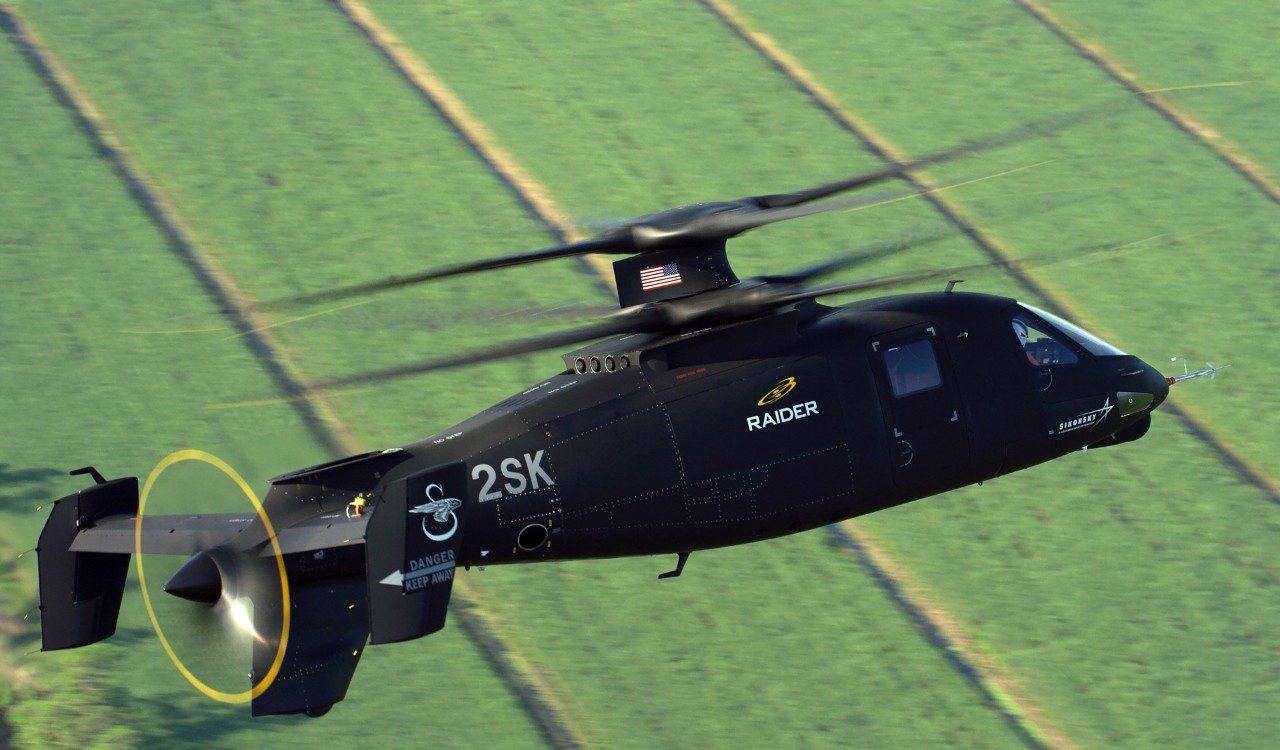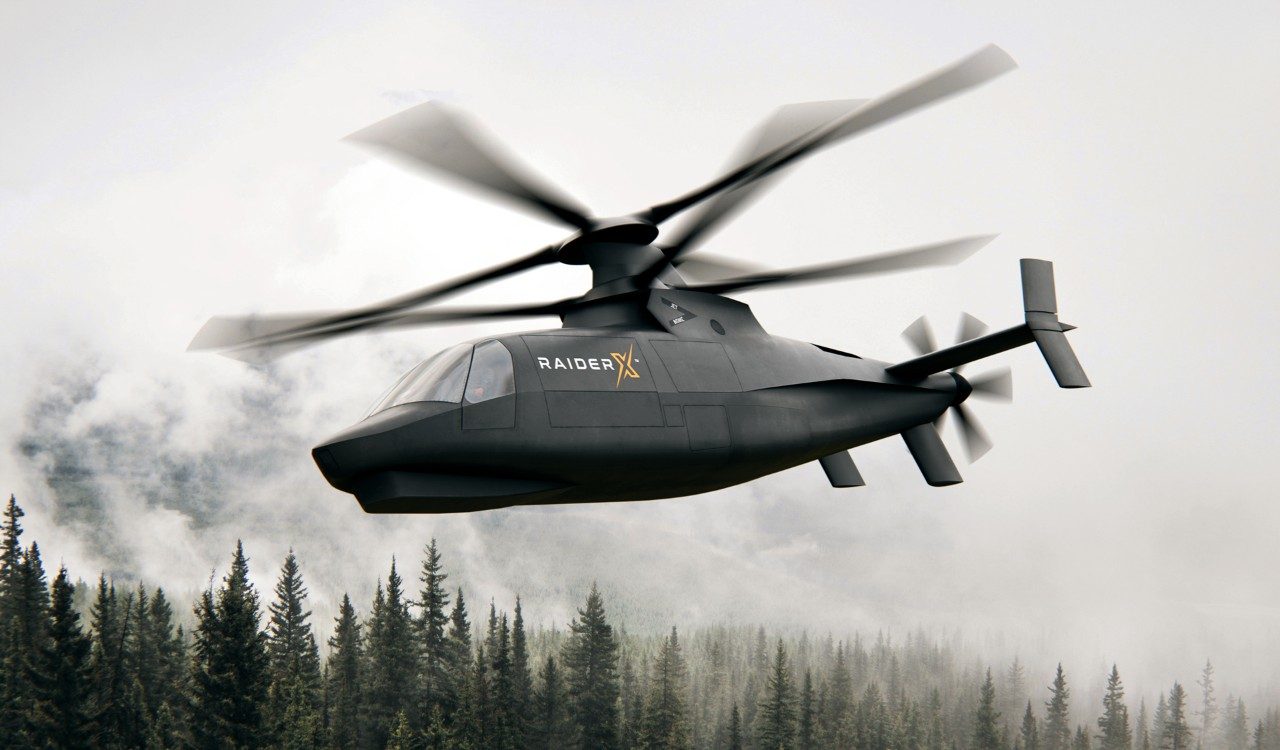Emerging technologies such as artificial intelligence, hypersonics, machine learning, nanotechnology, and robotics are expected to revolutionize the battlefields of the future. The complexity of modern warfare is also pushing the U.S. military to see how technology can advance familiar assets, such as helicopters, so they do things previously unimaginable.
“We are going to have to change the way we fight. We are going to have to change some of the equipment that we use, and we are going to have to retrain our people so they can start to think about the fight they have in the future,” Gen. James McConville, U.S. Army Chief of Staff, said during his May 2, 2019 confirmation hearing.
These changes include next generation helicopters that can do much more than today’s versions, including supporting systems that “can operate in a highly contested operational environment, cannot be easily isolated from the rest of the Joint Force or from partners, and are able to conduct independent maneuver,” according to The U.S. Army in Multi-Domain Operations, 2028.

Helicopters proved indispensable during the Vietnam War for their ability to hover and maneuver vertically in dense jungle environments. They’ve continued to play a crucial role in missions ranging from combat search and rescue and air assault to MEDEVAC and reconnaissance.
The missions and threats of today and the future are different. For example, the need to penetrate beyond the reach of coalition forces in the Iraqi desert and supply ground forces surrounded by rugged mountains in Afghanistan has challenged the helicopters of today’s fleet.
Some of the Army’s existing fleet are more than 50 years old. Commanders say the next generation of these aircraft will need to be faster, more maneuverable, more lethal, and technologically advanced, including the ability to team with autonomous aircraft.
The Future is X2
Sikorsky, which is owned by Lockheed Martin, has been working on a new technology for decades in anticipation of this need. It calls it X2 Technology™, and for good reason.
“X2 is two times the speed of your basic helicopter,” said Bill Fell, a former Army combat pilot and chief project pilot with Sikorsky. “When that infantry man is out there in need of assistance, be it a MEDEVAC aircraft coming to him or an assault aircraft that’s bringing in the cavalry – when they’re getting there twice as fast, that guy is pretty thankful for that.”
Fell says X2 provides the futuristic capabilities the Army is seeking, including high speed and maneuverability. It can be integrated in various kinds of helicopters, supporting a variety of military missions including air assault, air movement and MEDEVAC. The company has also demonstrated the technology on small helicopters typically used for reconnaissance, security and attack needs.
“In the past decade, we’ve designed, developed and flown four demonstrator aircraft with X2 Technology,” said Fell. “We developed the X2 demonstrator, two light tactical S-97 Raider aircraft, and the medium-lift SB>1 Defiant, which was created through a Sikorsky-Boeing partnership.”

Lower and Faster in High-Threat Environments
In 2010, Sikorsky showed what X2 Technology could do in a demonstration for Army officials. In addition to speed, Sikorsky says the technology includes fly-by-wire controls, improved hover performance, rapid maneuverability, and crisp control response due to the rigid rotor – all while maintaining helicopter-like performance at low speeds.
Fell said that over the course of testing in the simulator, a number of pilots were brought in to fly a terrain course. “Consistently, the pilots in an X2 Technology aircraft fly faster and closer to the terrain. That is a tremendous advantage to the warfighter,” especially in high-threat environments made more complex by physical obstacles.
Christiaan Corry, a test pilot on the S-97 Raider program, noted that the fly-by-wire controls, which take on some of the decision-making, reduce pilot workload.
“With X2, the machine does a lot of the stability,” he said, “and to the extent possible, allows the pilot to be fully focused on what the battle scene is and not worrying, ‘Am I flying the right attitude and air speed?’”
As for maneuverability, Sikorsky says the technology allows for high agility at low speed, acceleration without changing altitude, a tighter turning radius, and the ability to execute a nose-down hover.
As the Army progresses in its work to define the future of vertical lift, X2 Technology is already showing what’s possible. And Sikorsky continues to demonstrate the technology’s strength in a rigorous flight test program. Earlier this month, the vertical-lift pioneer announced its newest X2-based offering, the Raider X and positioned it as contender as the Army searches for a future attack and reconnaissance aircraft. The Army will select two prototypes from five proposals by the middle of next year.




